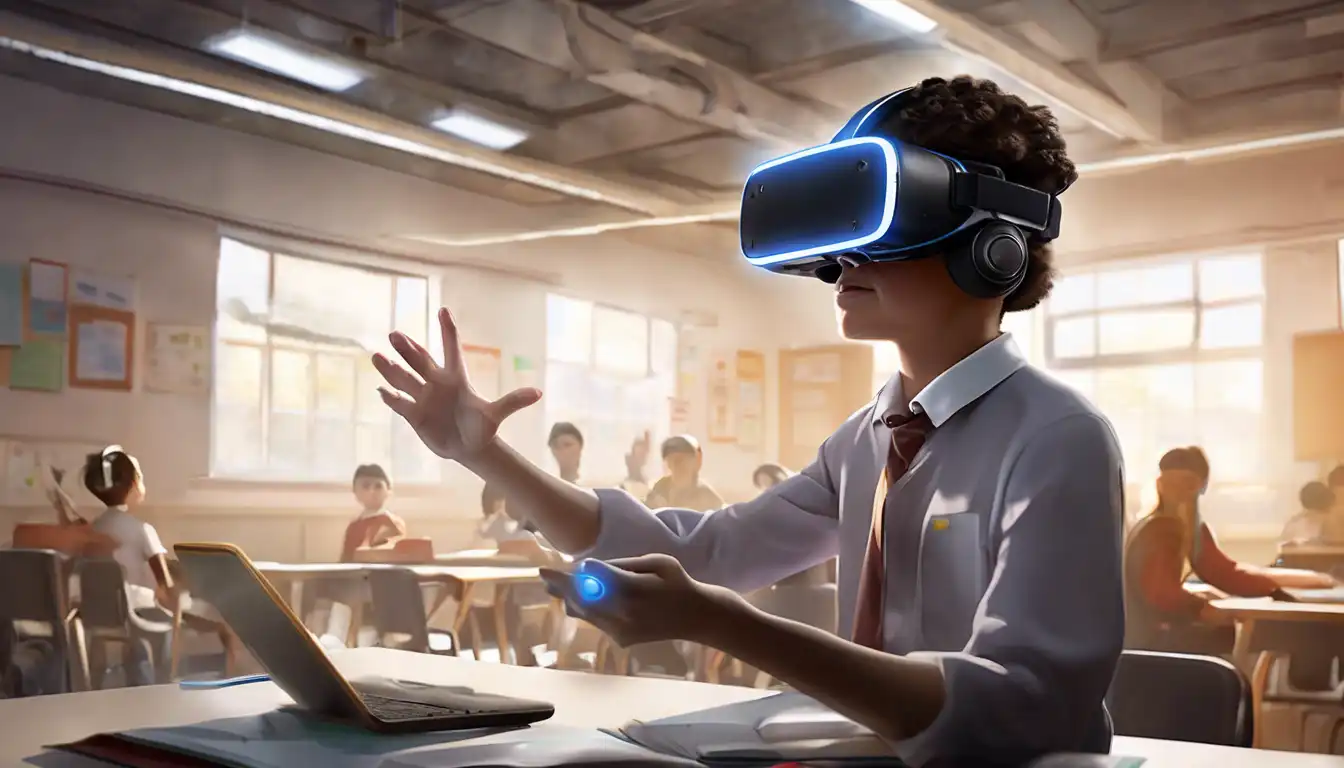The Transformative Impact of Virtual Reality on Learning
Virtual Reality (VR) technology has been making waves across various sectors, but its potential in education and training is particularly noteworthy. By creating immersive, interactive environments, VR offers unparalleled opportunities for experiential learning and skill development. This article delves into how VR is revolutionizing the educational landscape and training methodologies.
Why VR in Education?
VR in education transcends traditional learning boundaries, offering students a hands-on experience without the physical constraints. From virtual field trips to historical sites to immersive science experiments, VR makes learning more engaging and effective. Studies have shown that VR can enhance retention rates by providing learners with a vivid, memorable experience.
VR in Professional Training
Beyond the classroom, VR is transforming professional training across industries. For instance, medical students can perform virtual surgeries, reducing risks and improving precision. Similarly, aviation trainees can experience realistic flight simulations, preparing them for real-world scenarios without the associated costs and dangers.
Benefits of VR in Education and Training
- Enhanced Engagement: VR's immersive nature captures learners' attention, making education more interactive and enjoyable.
- Safe Learning Environment: VR allows for risk-free training in hazardous or complex scenarios, from chemical experiments to emergency response drills.
- Accessibility: VR can bring distant or inaccessible locations and experiences to learners worldwide, democratizing education.
- Customizable Learning Experiences: Educators can tailor VR content to meet individual learning styles and needs, enhancing comprehension and retention.
Challenges and Considerations
Despite its benefits, integrating VR into education and training comes with challenges. The cost of VR equipment and the need for technical support can be prohibitive for some institutions. Additionally, creating high-quality, educational VR content requires significant resources and expertise.
The Future of VR in Education and Training
As technology advances, VR is expected to become more accessible and affordable, paving the way for widespread adoption in education and training. With the development of more sophisticated VR tools and content, the possibilities for immersive learning are boundless. The future of education and training lies in leveraging VR to create more engaging, effective, and inclusive learning experiences.
For more insights into the latest trends in educational technology, explore our technology section.
